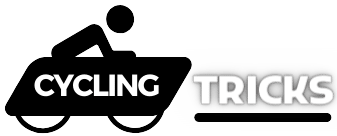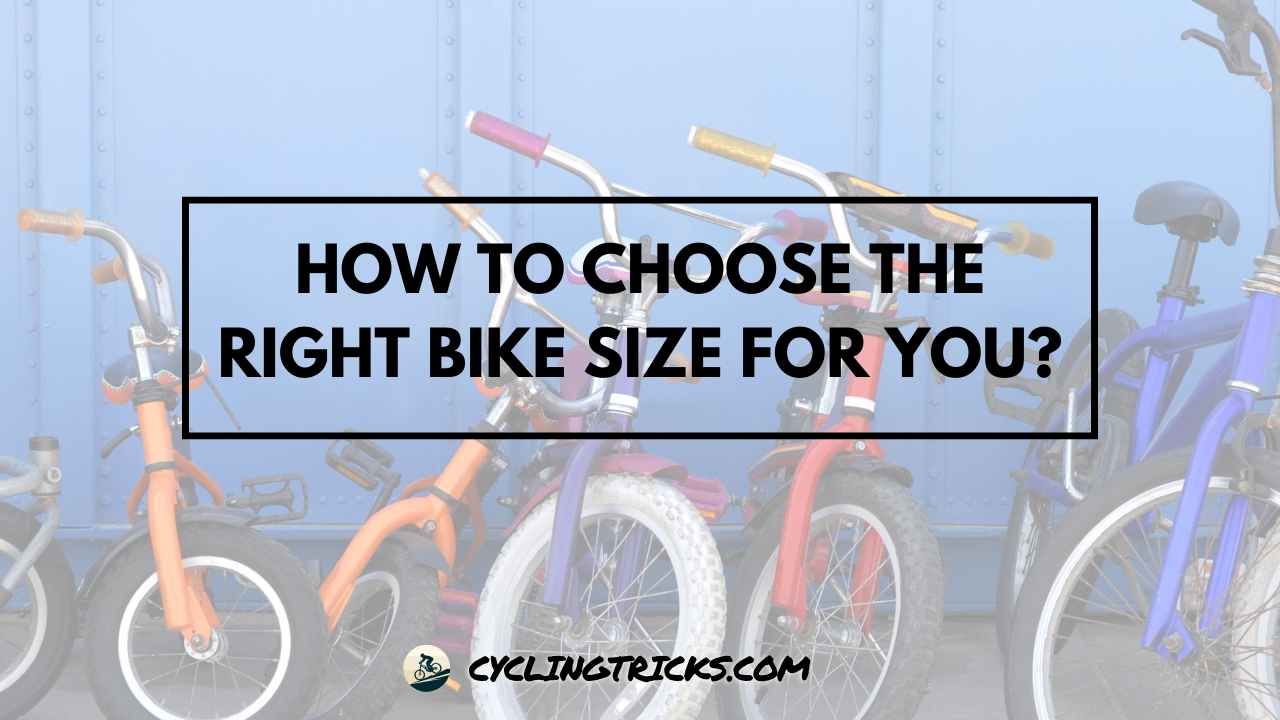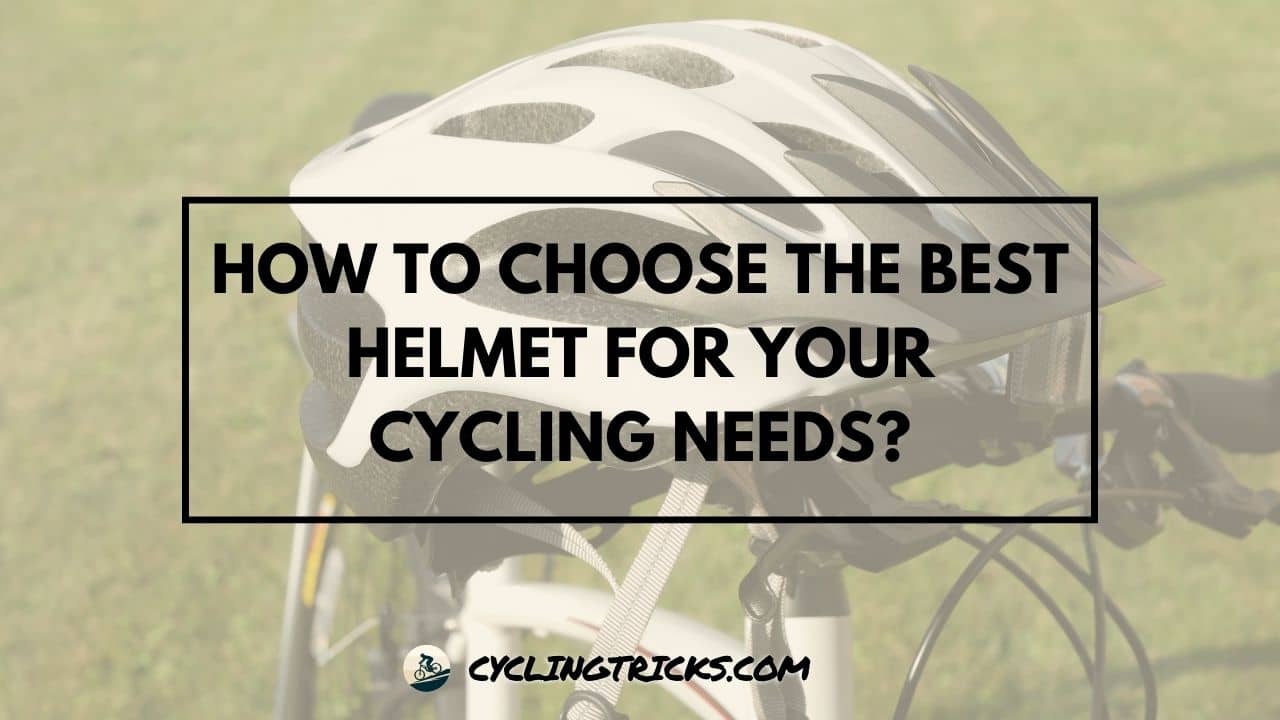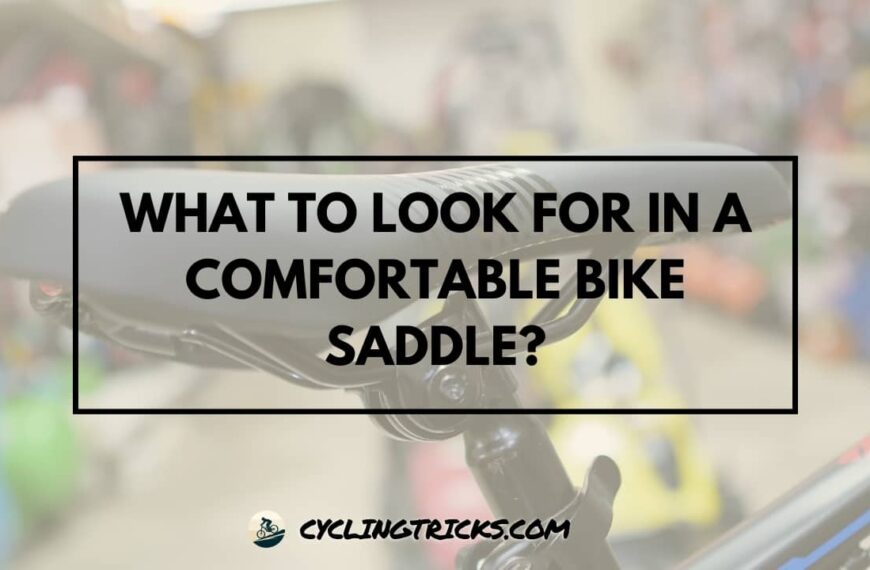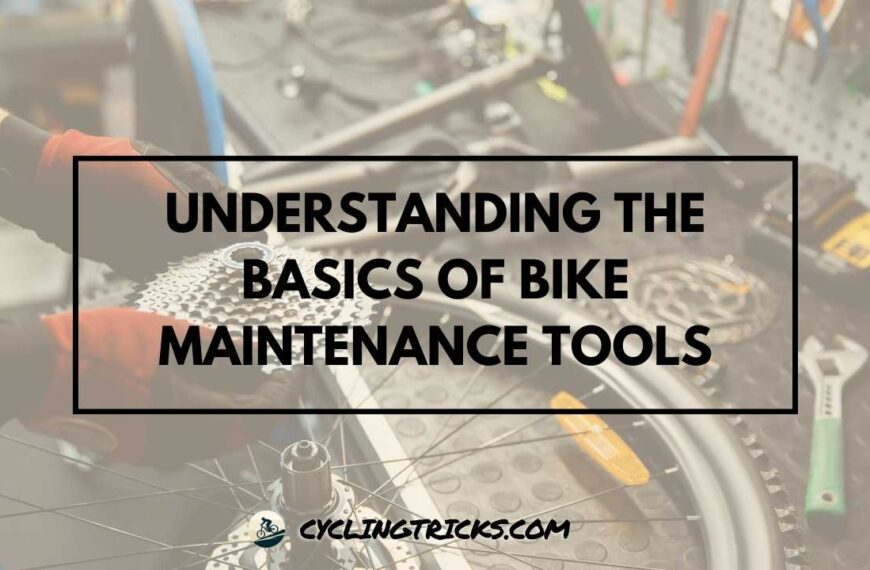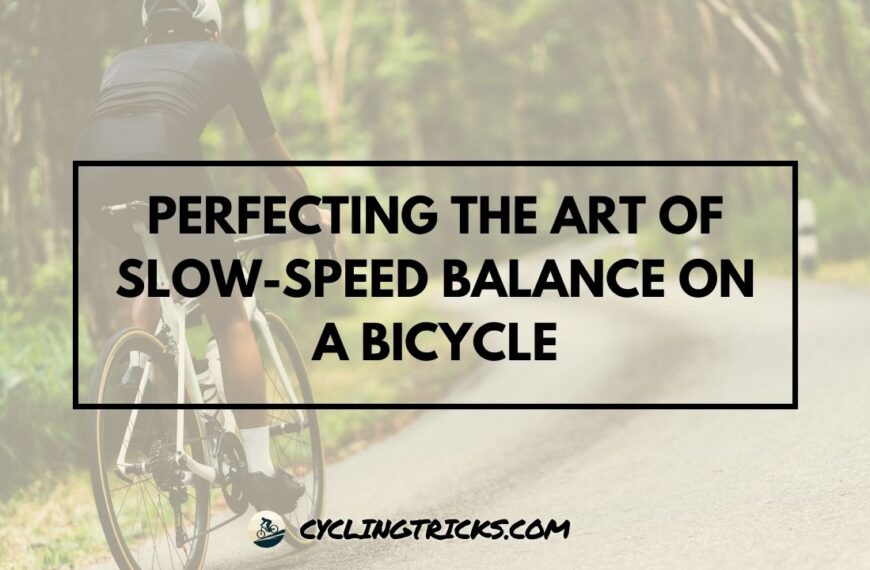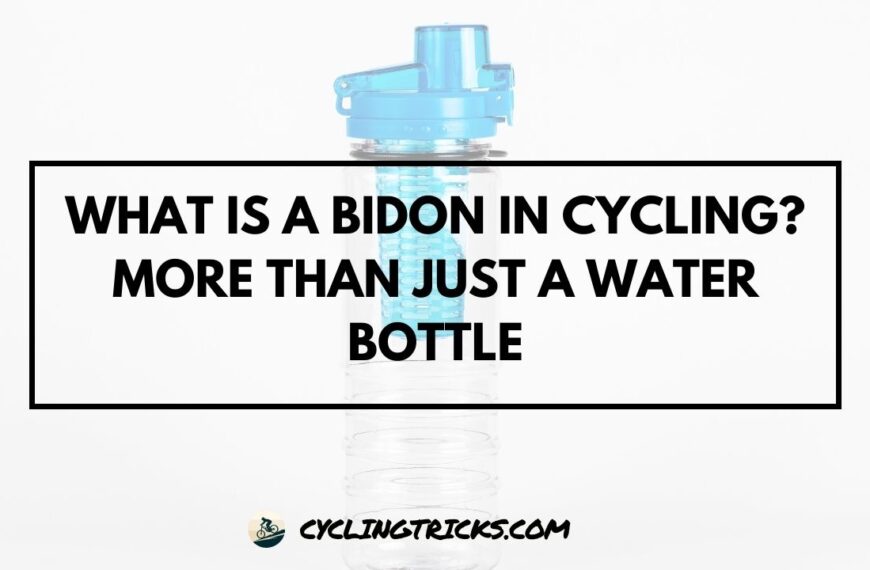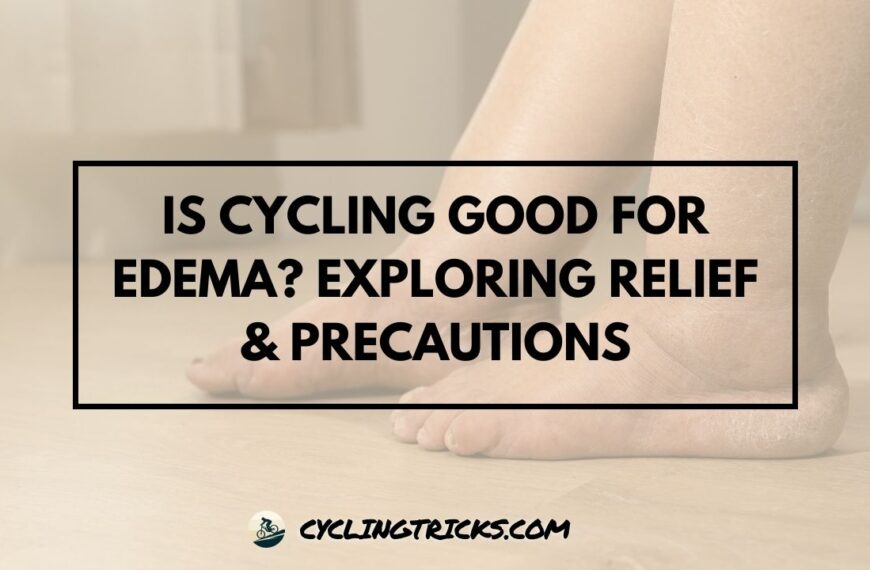No matter if you’re a biking pro or just getting started, the kind of pedals you pick can make a big difference in how much you enjoy your ride.
In this guide, we’ll talk about the pros and cons of clipless pedals and see if they’re the right fit for your biking fun.
What are Clipless Pedals?
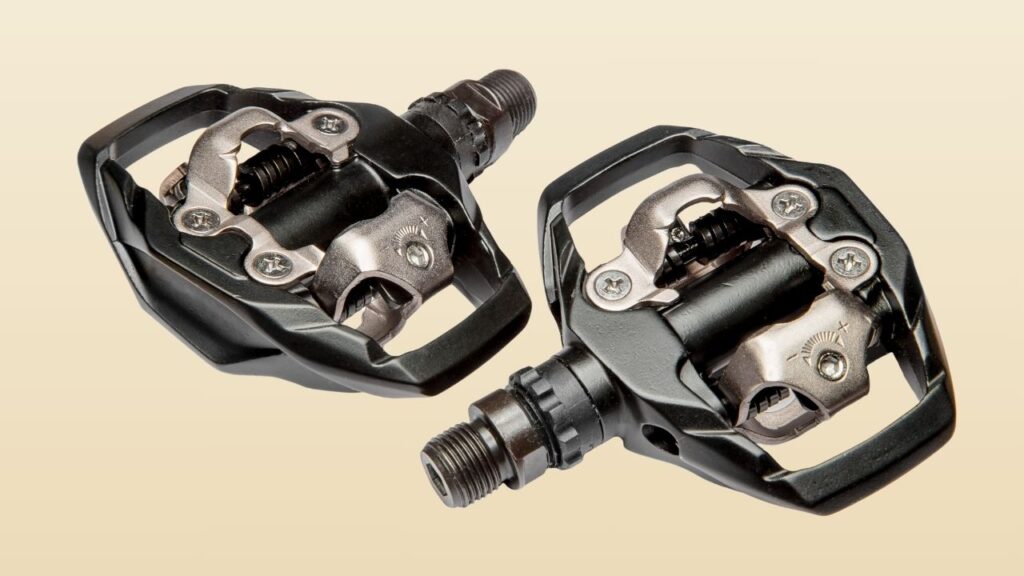
Before we get into the nitty-gritty, let’s clear something up. Even though they’re called “clipless,” clipless pedals actually connect your special biking shoes to the pedals. Unlike old pedals with straps, clipless ones use a special part on your shoe that locks into the pedal.
This makes your connection to the pedals stronger and helps you pedal better. The name “clipless” might sound confusing, but it just means these pedals don’t use the old-style clips and give you a smoother and comfier biking experience.
So, clipless pedals are like a modern solution to make your pedaling better and your bike ride more awesome. Now, let’s check out the good and not-so-good stuff to figure out if these pedals are right for you.
Pros of Clipless Pedals
1. Improved Power Transfer:
Clipless pedals revolutionize the way you transfer power to your bike. The secure connection between your cycling shoes and pedals ensures that every bit of energy you put into your pedal stroke gets efficiently transferred to the bike’s drivetrain.
This enhanced power transfer translates to a more responsive and powerful ride, making uphill climbs and sprinting feel more controlled and effective.
2. Enhanced Pedaling Efficiency:
Say goodbye to the subtle slips and slides. Clipless pedals keep your feet securely attached to the pedals throughout the entire pedal stroke. This stability minimizes wasted energy, allowing you to focus more on propelling the bike forward.
The result? A more efficient and smooth pedaling motion that lets you cover more ground with less effort.
3. Better Control and Stability:
Clipless pedals provide an unmatched level of control and stability on the bike. Whether navigating technical trails or maneuvering through city traffic, the secure connection between your shoes and pedals ensures that your feet stay in place.
This increased stability translates to improved bike handling, especially in challenging situations where maintaining control is crucial.
4. Increased Pedaling Cadence:
Clipless pedals contribute to a more fluid and consistent pedaling cadence. The secure attachment of your feet to the pedals enables a seamless transition between upstrokes and downstrokes.
As a result, you can pedal at a higher cadence more comfortably, leading to a smoother and more efficient ride. This increased pedaling cadence is particularly beneficial for riders who want to maintain a steady pace or enjoy faster cycling.
5. Reduced Foot Fatigue:
Long rides can take a toll on your feet, but clipless pedals help alleviate this issue. By distributing the pressure more evenly across the entire foot, clipless pedals reduce hotspots and discomfort.
This not only enhances comfort during the ride but also minimizes foot fatigue, allowing you to enjoy longer journeys without the distraction of aching feet.
Cons of Clipless Pedals
1. Learning Curve for Beginners:
Introducing clipless pedals to your biking repertoire comes with a bit of a learning curve, especially for beginners. Getting accustomed to the mechanism of clipping in and out can take some practice, and initial rides may feel a tad bit challenging.
However, with a bit of patience and practice, this hurdle becomes a small bump in the road to mastering clipless pedal usage.
2. Potential for Falls During Learning:
As you begin on the journey of mastering clipless pedals, there’s a chance of a few graceful (or not-so-graceful) falls during the learning process. The initial unfamiliarity with the quick-release mechanism might catch you off guard.
But fear not, these falls are often more about pride than pain, and they become less frequent as you become more proficient with the pedals.
3. Limited Foot Movement:
Clipless pedals secure your feet in a fixed position, limiting the natural side-to-side movement of your feet on the pedals. This can feel restrictive, especially for riders who prefer a more flexible foot position.
However, it’s worth noting that the restricted movement contributes to the improved power transfer and stability mentioned in the pros, striking a balance between limitation and efficiency.
4. Cost of Pedals and Compatible Shoes:
Adopting clipless pedals involves an investment in specialized cycling shoes and compatible pedals. This additional cost can be a drawback for some riders, especially those on a budget.
However, it’s essential to view this expense as an investment in your cycling experience, considering the benefits in power transfer, efficiency, and comfort that clipless pedals can provide in the long run.
5. Difficulty in Quick Foot Placement:
When quick foot placement is crucial, such as unexpected stops or technical sections of a trail, the need to unclip from clipless pedals might pose a challenge.
The slight delay in releasing your foot from the pedal can be a concern for riders who prioritize rapid foot movements in specific riding conditions.
However, the process becomes more intuitive with practice, minimizing this potential drawback over time.
Are Clipless Pedals Worth It?
Absolutely, clipless pedals are worth it. The enhanced power transfer, increased pedaling efficiency, better control, and reduced foot fatigue they offer significantly improve your overall cycling experience.
Despite a learning curve for beginners and the initial cost of specialized shoes and pedals, the long-term benefits make clipless pedals a worthwhile investment for riders seeking improved performance and comfort on their bikes.
Should beginners use clipless pedals?
Yes, beginners can use clipless pedals, but as a beginner, using clipless pedals can be a bit challenging at first due to the learning curve and the potential for falls.
However, with practice and patience, many cyclists find the benefits, such as improved efficiency and control, outweigh the initial difficulties.
So, while it might take some getting used to, beginners can use clipless pedals and experience the advantages they bring to cycling.
What Are The Other Pedal Options?
Platform Pedals:
Platform pedals are the go-to choice for riders who prefer simplicity and ease of use. These flat pedals provide a large surface area for your feet, offering freedom of movement and making them suitable for various types of shoes.
They are popular among casual riders, commuters, and BMX enthusiasts who value the convenience of easily placing and removing their feet.
Toe Clip Pedals:
Toe clip pedals, also known as toe cages, combine the benefits of platform pedals with an added element for foot retention. These pedals feature adjustable straps that secure the front of your foot to the pedal.
Toe clip pedals are a good middle ground for those who want a bit more efficiency without fully committing to a clipless system.
Hybrid Pedals:
Hybrid pedals aim to provide the best of both worlds by combining a flat platform on one side and a clipless mechanism on the other.
This versatile design allows riders to choose between a secure connection with cycling shoes for efficiency or a regular platform for more relaxed rides. Hybrid pedals appeal to cyclists who enjoy the flexibility of adapting to different riding conditions.
Road Pedals:
Road pedals, such as the popular Look or Shimano SPD-SL systems, are designed for performance-oriented road cyclists. They feature a large cleat that connects to the pedal, providing a secure and efficient power transfer.
Road pedals are known for their lightweight design and are favored by cyclists who prioritize speed and long-distance riding.
| Pedal Type | Foot Retention | Versatility | Typical Users |
|---|---|---|---|
| Platform Pedals | None | High | Casual riders, commuters, BMX |
| Toe Clip Pedals | Adjustable Straps | Moderate | Recreational riders, urban cyclists |
| Hybrid Pedals | Flat and Clipless Sides | High | Versatile riders, commuters |
| Road Pedals | Clipless Cleats | Low (Specialized) | Road cyclists, performance riders |
FAQs
Are clipless pedals only for advanced cyclists?
No, clipless pedals can benefit riders of all levels, but beginners may need time to adapt to the learning curve.
Can I use regular shoes with clipless pedals?
No, clipless pedals require special cycling shoes with compatible cleats for optimal performance.
Do platform pedals offer good foot support?
Yes, platform pedals provide a flat surface for various shoes, offering excellent support and ease of use.
Are toe clip pedals similar to clipless pedals?
No, toe clip pedals use adjustable straps to secure the foot, offering a middle ground between platform and clipless pedals.
How do hybrid pedals work?
Hybrid pedals feature a dual-sided design with a flat platform on one side and a clipless mechanism on the other, providing versatility for different riding conditions.
Conclusion:
When it comes to choosing the right pedals for your bike, the options are diverse, catering to different preferences and riding styles.
Platform pedals offer simplicity and versatility, toe clip pedals provide a balance between security and convenience, hybrid pedals offer adaptability, and road pedals target cyclists seeking high-performance efficiency.
The key is to consider your cycling goals, terrain, and personal comfort to find the pedal option that best suits your needs. Whether you opt for the straightforward platform pedals or the efficiency of clipless systems, each type has its unique advantages to enhance your cycling experience.
